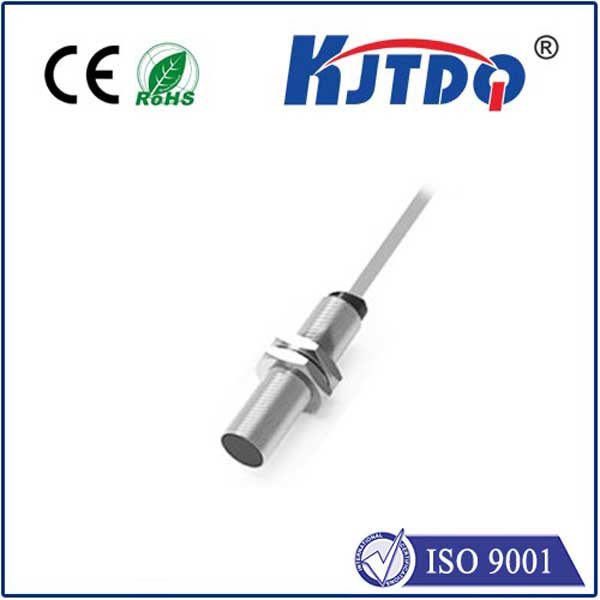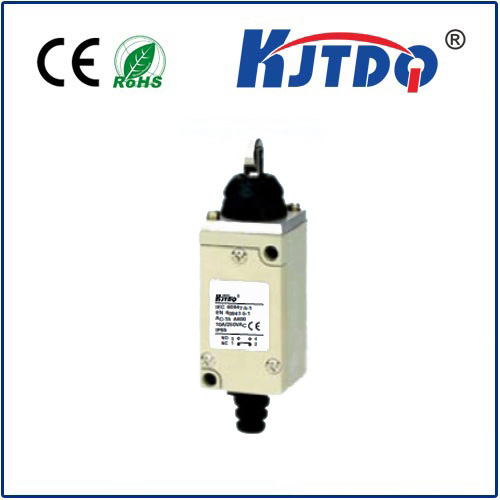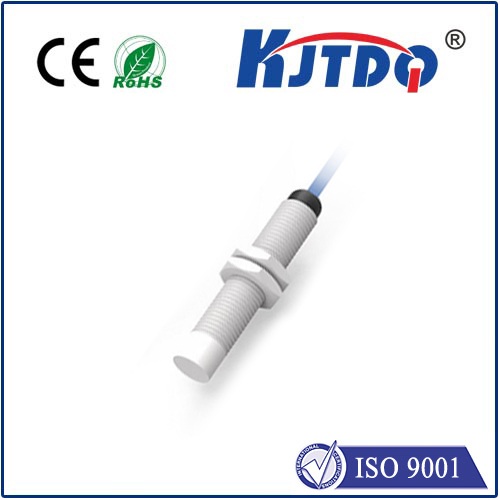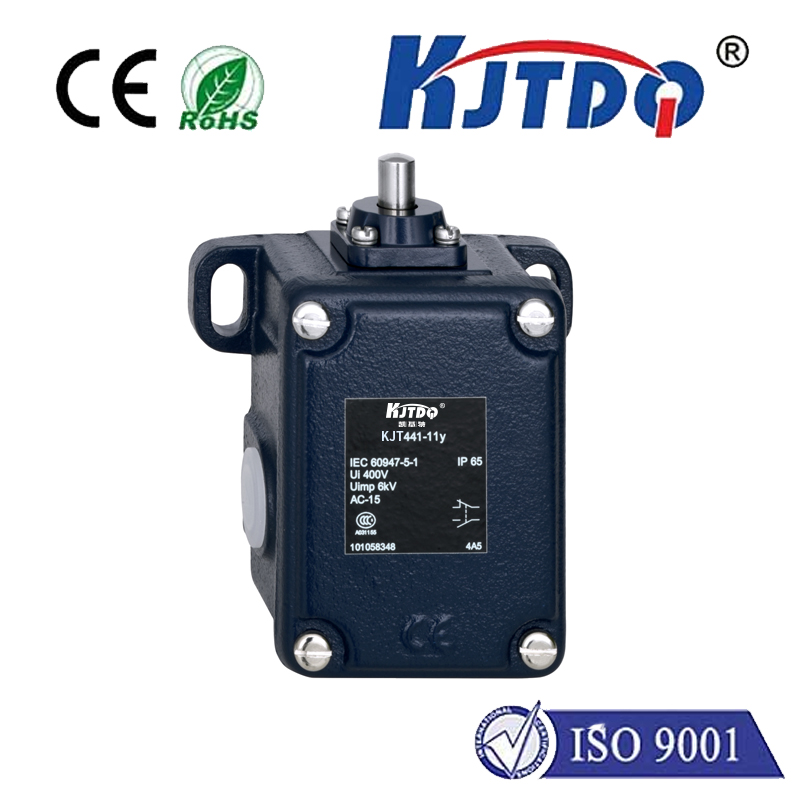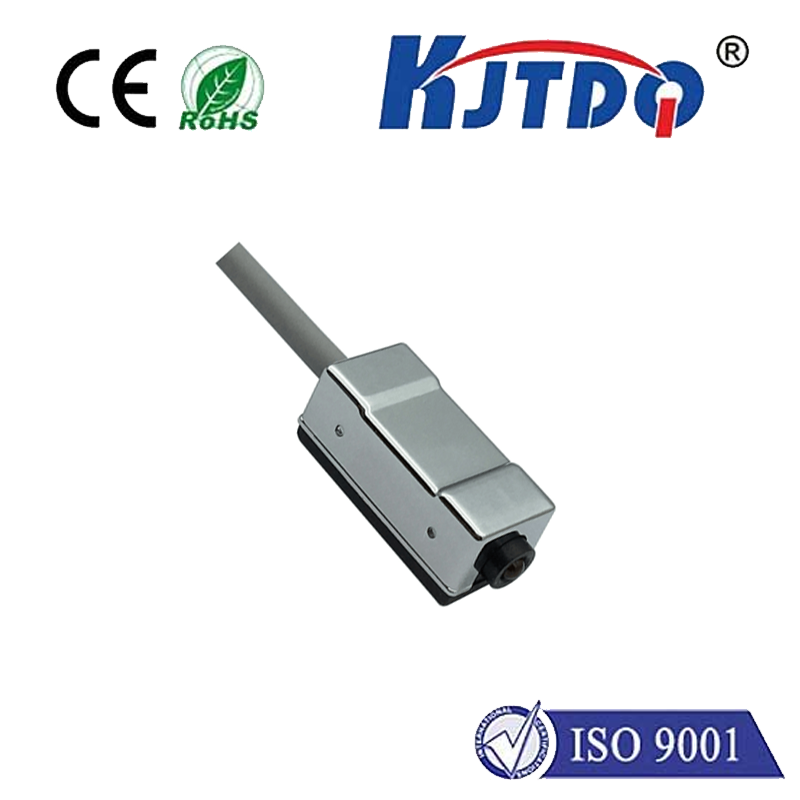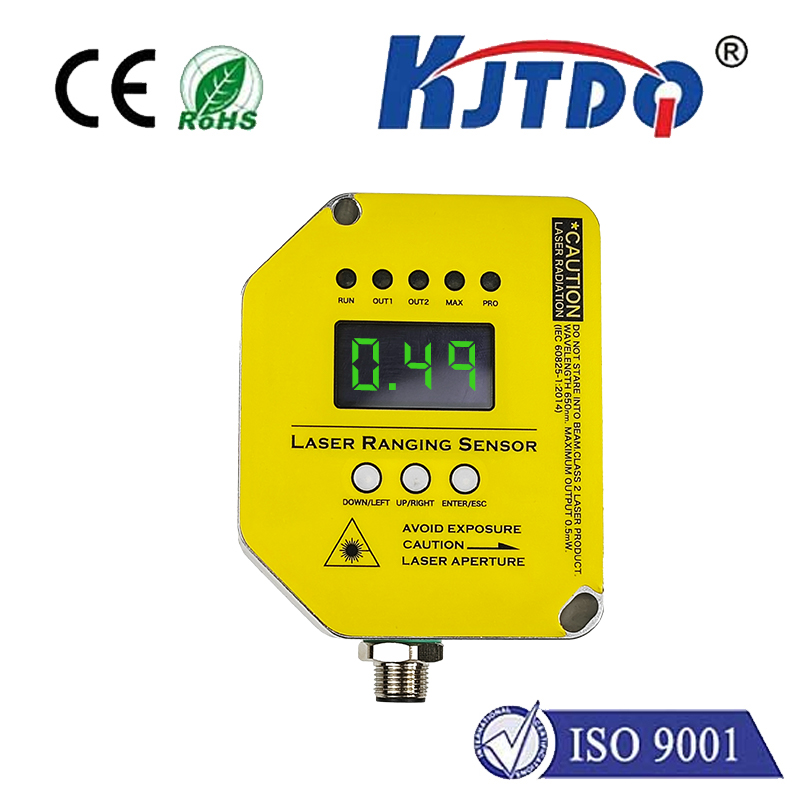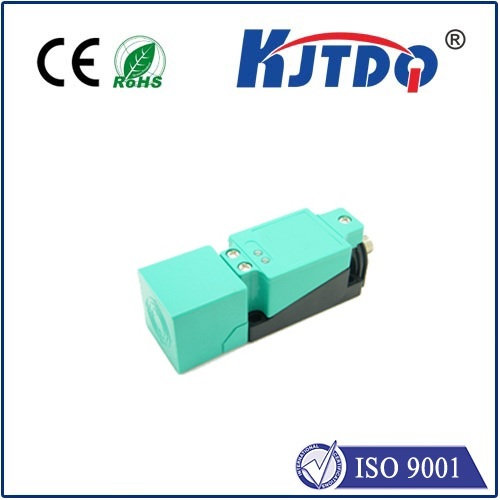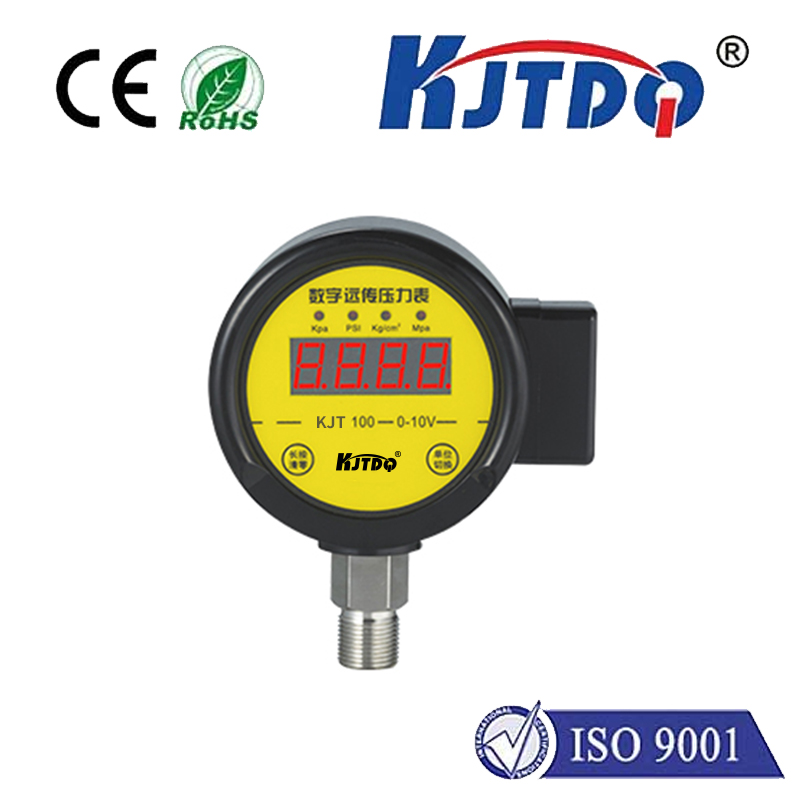

check

check

check

check

check

check

check

check

check

check
Title: Understanding the Importance of LL1 Limit Switch
The role of limit switches in industrial machinery and systems is often underappreciated. Among these, LL1 limit switches stand out for their unique features and benefits. This article aims to shed light on the importance and functionality of LL1 limit switches, highlighting their impact on industrial processes.
Firstly, let's understand what a limit switch is. A limit switch is an electromechanical device used to detect the presence or absence of an object, machine movement, or positioning of controls. They play a crucial part in ensuring that machinery operates within safe boundaries and performs tasks with precision. In essence, they are the safety guards of industrial machines, preventing damages and ensuring smooth operation.

Now, focusing on the LL1 limit switch, it's imperative to recognize its distinct characteristics. The LL1 designation typically refers to a specific model within the broader family of limit switches, tailored for particular applications or environments. While each model might vary in terms of size, mounting options, actuator type, and electrical rating, what remains constant is their reliability and accuracy.
LL1 limit switches are designed for robustness and longevity. They are built to withstand harsh industrial conditions, such as extreme temperatures, vibrations, and exposure to various chemicals and dust. Their durable construction ensures that they remain functional over extended periods without frequent replacements or repairs.
Accuracy is another hallmark of LL1 limit switches. These devices are precise in monitoring the position of machinery parts or detecting objects. Their quick response time means they can activate or deactivate machinery almost instantly when a predetermined point is reached, thus preventing any potential mishaps or inefficiencies in production.
Moreover, LL1 limit switches offer flexibility in control. They can be integrated into different types of control circuits and work seamlessly with other automation components. Whether it’s a simple on/off task or a more complex programmable logic control (PLC) application, LL1 limit switches adapt easily to enhance system performance.
In terms of safety, LL1 limit switches serve as critical components. They help prevent equipment damage by stopping machine actions automatically when operational limits are reached or when abnormalities occur. For instance, if a conveyor belt is about to malfunction or overload, the LL1 limit switch steps in to halt the system, thereby avoiding costly repairs or downtime.
Lastly, from a maintenance perspective, LL1 limit switches simplify troubleshooting efforts. If a machine isn’t operating correctly, the limit switch will often be one of the first components checked due to its fundamental role in maintaining process control. This ease of diagnosis saves valuable time for technicians and reduces downtime for businesses.
In conclusion, the LL1 limit switch is an essential component within industrial environments due to its ruggedness, accuracy, flexibility, safety features, and ease of maintenance. Recognizing its importance helps ensure that operations run smoothly and efficiently while also minimizing risks related to machinery failures. As technology advances, understanding the nuances of specific components like the LL1 limit switch becomes increasingly vital for those looking to optimize industrial automation systems.
